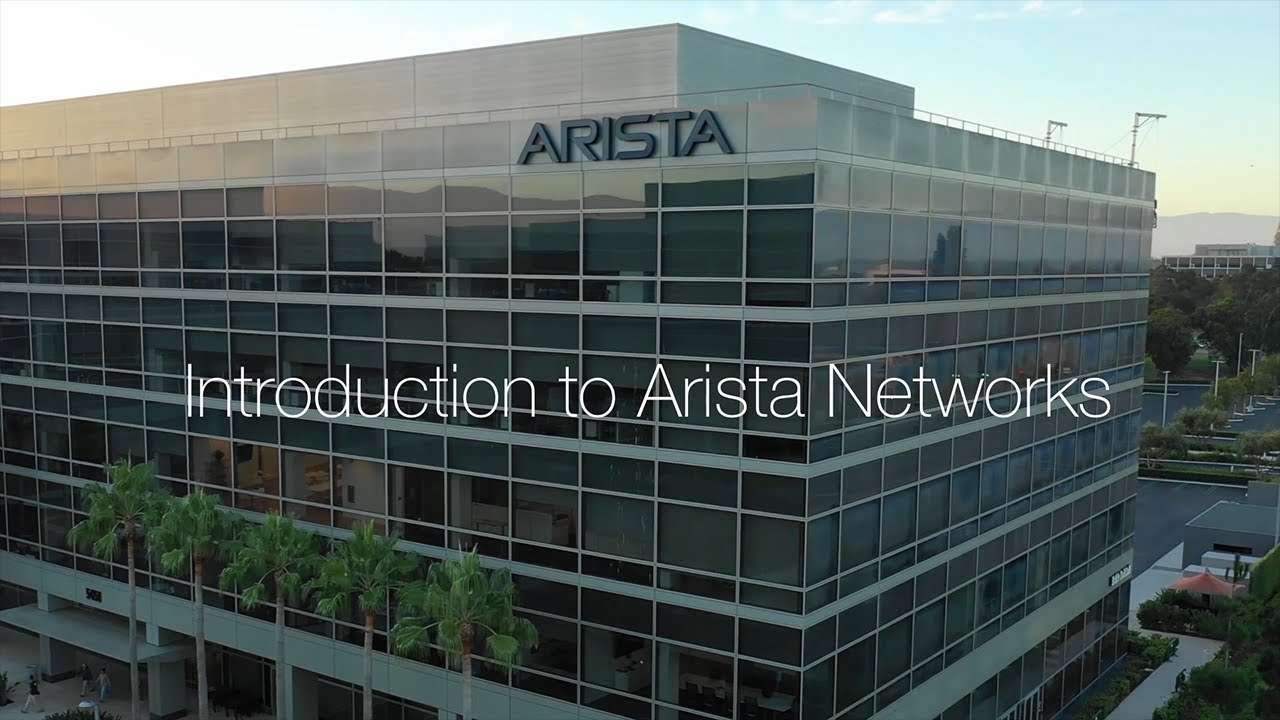Arista Networks has unveiled its new R4 family for data center/AI networks and routable backbone, with a clear message to the market: more capacity per port, lower TCO, and built-in security. The portfolio includes modular chassis 7800R4, fixed units 7280R4, and leaf switches 7020R4, all with 800 GbE high density, predictable latency thanks to deep hierarchical buffering, and the Arista EOS operating system with the usual L3 stacks (EVPN, VXLAN, MPLS, SR/SRv6).
The company leverages a context of surging demand: the 800 GbE market is growing explosively driven by AI, storage, and general compute, with shipments tripling sequentially in 2Q-2025 and an annual average growth rate of 90% over five years, according to Crehan Research. Arista states that its offering is designed to accelerate AI workloads (fewer job completion times), contain power consumption, and simplify operations with leaf-spine architectures in two levels.
800G for large-scale AI clusters… and a new 3.2 Tb/s “hyper-link”
The flagship debut features 3.2 Tb/s HyperPorts, conceived as single ultra-capacity interfaces for scale-across interconnection between data centers. Compared to traditional links spread across four 800 GbE ports, Arista quantifies a 44% reduction in AI bandwidth flow completion time. This approach aims to minimize traffic dispersion and avoid inefficiencies from load balancing.
Simultaneously, the entire R4 range boosts 800G density to cover everything from lossless training/inference to DCI and high-scale backbones, with petabit-scale capacity for hyper-scale, neoclouds, operators, and enterprises.
“Wire-speed” security: TunnelSec at each port
Security is integrated with TunnelSec™, enabling line-rate encryption across all ports with MACsec, IPsec, and VXLANsec. The goal is to protect data in transit against malicious interception without performance penalties or complicating the design. For networks crossing administrative domains or in multi-tenant environments, combining port encryption and consistent telemetry seeks to close gaps while maintaining operational control.
7800R4 (modular): The “gold standard” for density and radix
The 7800R4 tops the family with chassis options of 4, 8, 12, and 16 slots, supporting up to 576 800 GbE ports in a single system. Key features include:
- Line cards with 36×800 GbE and full L3 capabilities, supporting high logical scaling.
- 3.2 Tb/s HyperPort interface for large-scale links scale-across.
- Deep hierarchical buffering and queue policies for predictable latency and loss protection during transient congestion.
Designed for high-capacity 800G spine or multi-service core architectures, this chassis aims to concentrate ports without sacrificing card flexibility or radix.
7280R4 (fixed): compact spine and high-mix leaf
The 7280R4 complements the 7800R4 in a fixed form factor, maintaining parity in data plane and EOS:
- 32×800 GbE: ideal as AI/Data Center spine or backbone router.
- 64×100 GbE + 10×800 GbE: designed as leaf with a mix of 100G servers and 800G uplinks.
This pairing allows architects to dimension based on speed, density, space, and topology without changing operational models.
7020R4 (leaf): direct server connectivity with port-based encryption
At the data center/AI edge, the 7020R4 offers 10 GbE (copper) or 25 GbE (SFP) connections to servers, along with 100 GbE uplinks, maintaining deep buffering and Wire-speed TunnelSec encryption per port. Ideal for heterogeneous environments with complex workloads (demanding workstations, graphics/ML, dense storage) requiring logical scale and congestion control.
Consistent operation with EOS: EVPN/VXLAN, MPLS, and segment routing
All series share Arista EOS, which includes an L3 set supporting EVPN for MAC/IP control, VXLAN for large-scale overlays, and MPLS and SR/SRv6 for traffic engineering across provider or multi-domain networks. The consistent telemetry and queue profiles help sustain latency during AI workloads that generate bursts and micro-congestion.
Availability and roadmap
- 7800R4 (chassis): available.
- Two new 7800R4 line cards: available.
- Two 7280R4 platforms: available.
- 7020R4 (leaf chassis): Q1 2026.
- 7800R4 with HyperPort: Q1 2026.
Why it matters: fewer links, fewer losses, fewer headaches
- Efficiency and TCO: consolidating four×800G into a single 3.2 Tb/s HyperPort reduces complexity, failure points, and optic/cabling costs, while also improving AI workflow times.
- Orderly performance: hierarchical buffer and EOS tooling help damp micro-bursts and avoid transient losses, crucial for training/inference sensitive to jitter and hidden loss.
- Built-in security: TunnelSec at each port — MACsec/IPsec/VXLANsec — minimizes the overhead of encrypting the fabric, essential when sensitive data moves outside the trusted domain.
- Real scalability: from high-mix leafs to 800G spines and petabit-scale backbones, with a unified operational model.
Frequently Asked Questions
What exactly is HyperPort, and when will it arrive?
It’s a 3.2 Tb/s high-capacity unique interface designed for scale-across data center interconnection, reducing AI flow completion times compared to distributing traffic across 4×800G. Arista expects it in Q1 2026 for the 7800R4 family.
How does the 7800R4 differ from the 7280R4?
7800R4 is modular (supporting up to 576×800G) and allows growth through cards with maximum density. 7280R4 is fixed and compact, ideal as an 800G spine or leaf with a mix of 100G servers and 800G uplinks, maintaining EOS and the same data plane.
What does TunnelSec bring compared to edge encryption?
It enables line-rate encryption per port (MACsec, IPsec, VXLANsec), protecting data in transit across the internal data center fabric and inter-DC links without relying solely on edge tunnels.
How does Arista ensure predictable latency during congestion?
Through deep hierarchical buffers and queue policies that damp bursts and prevent transient losses, critical for training/inference sensitive to jitter and hidden packet loss.
Sources: Arista Networks Press Release on the R4 series (10/29/2025) and associated technical materials (7800R4, 7280R4, 7020R4, HyperPort, TunnelSec, EOS).

